
The Majestic Namib-Naukluft National Park: A Symphony of Sand and Sky
Discover the timeless beauty of Namib-Naukluft National Park, where the world's oldest desert meets sky-high dunes and ancient landscapes teem with life.
Namib-Naukluft National Park, located in Namibia, is one of the largest and most extraordinary national parks in Africa. It is home to the world’s oldest desert and the towering sand dunes that seem to touch the sky. Visitors are often left in awe of the surreal landscapes that range from vast plains to jagged mountains. One of the park's most iconic features is Sossusvlei, a clay pan surrounded by some of the highest sand dunes in the world. The dunes, especially at sunrise and sunset, showcase a stunning array of colors from deep orange to rich red. This area is a paradise for photographers and nature lovers alike. The park is also home to a surprising array of wildlife. Despite the harsh conditions, you can spot oryx, springbok, and the elusive mountain zebra. The Naukluft Mountains offer excellent hiking opportunities with trails that lead adventurers through canyons and past natural springs. The park's unique flora and fauna are adapted to the desert environment, providing a fascinating study in survival. For those interested in geology, the park offers a glimpse into the ancient history of the earth. The desert landscape has been shaped over millions of years, and the petrified dunes and fossilized trees tell a story of a time long past. Whether you're wandering through the barren beauty of Deadvlei or exploring the shifting sands of the Namib Desert, Namib-Naukluft National Park promises an unforgettable experience.
Local tips in Namib-Naukluft National Park
- Visit early in the morning or late in the afternoon to capture the best light for photography and to avoid the midday heat.
- Bring plenty of water, sunscreen, and a wide-brimmed hat to protect yourself from the sun.
- 4x4 vehicles are recommended for exploring the park, as many areas have deep sand and rugged terrain.
- Book accommodations well in advance, especially if you plan to stay in one of the lodges inside the park.
- Guided tours are available and can provide valuable insights into the park’s unique ecology and history.
The Majestic Namib-Naukluft National Park: A Symphony of Sand and Sky
Namib-Naukluft National Park, located in Namibia, is one of the largest and most extraordinary national parks in Africa. It is home to the world’s oldest desert and the towering sand dunes that seem to touch the sky. Visitors are often left in awe of the surreal landscapes that range from vast plains to jagged mountains. One of the park's most iconic features is Sossusvlei, a clay pan surrounded by some of the highest sand dunes in the world. The dunes, especially at sunrise and sunset, showcase a stunning array of colors from deep orange to rich red. This area is a paradise for photographers and nature lovers alike. The park is also home to a surprising array of wildlife. Despite the harsh conditions, you can spot oryx, springbok, and the elusive mountain zebra. The Naukluft Mountains offer excellent hiking opportunities with trails that lead adventurers through canyons and past natural springs. The park's unique flora and fauna are adapted to the desert environment, providing a fascinating study in survival. For those interested in geology, the park offers a glimpse into the ancient history of the earth. The desert landscape has been shaped over millions of years, and the petrified dunes and fossilized trees tell a story of a time long past. Whether you're wandering through the barren beauty of Deadvlei or exploring the shifting sands of the Namib Desert, Namib-Naukluft National Park promises an unforgettable experience.
When is the best time to go to Namib-Naukluft National Park?
Iconic landmarks you can’t miss
Etosha National Park
Explore Etosha National Park: A Wildlife Haven in Namibia with Stunning Landscapes and Diverse Animal Experiences.
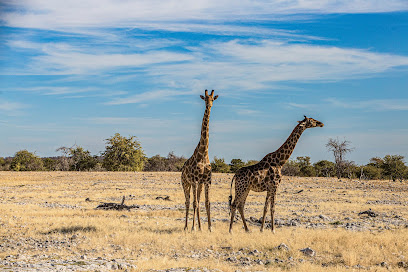
Namib Desert
Discover the breathtaking landscapes and unique wildlife of the Namib Desert, a timeless adventure in one of the world's oldest deserts.
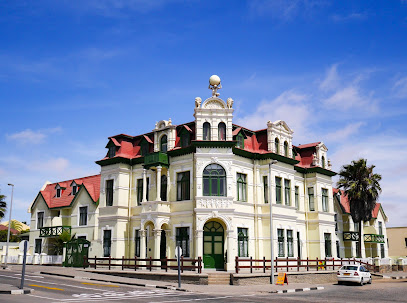
Deadvlei
Discover the surreal beauty of Deadvlei, a hidden gem in the Namib Desert, showcasing stunning landscapes and ancient trees in a breathtaking natural setting.
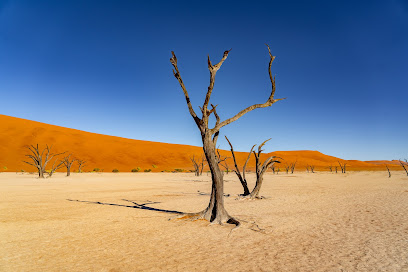
Canyon Roadhouse, Gondwana Collection Namibia
Discover Canyon Roadhouse, a charming lodge in Namibia, where adventure meets comfort amidst breathtaking desert landscapes and delicious dining options.

Dune 7
Experience the breathtaking beauty of Dune 7, one of Namibia's tallest dunes, with stunning views and thrilling adventures in the heart of the Namib Desert.
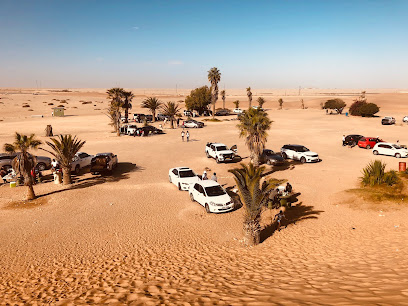
Bwabwata-National Park
Discover the wonders of Bwabwata National Park, a pristine natural haven in Namibia, teeming with wildlife and breathtaking landscapes.
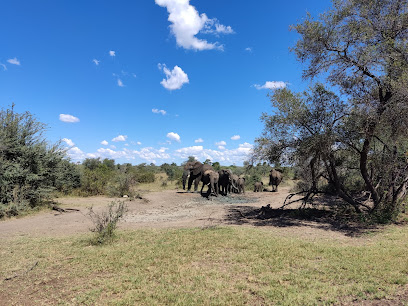
Waterberg Plateau National Park
Explore the stunning landscapes and rich wildlife of Waterberg Plateau National Park, a true gem in Namibia's natural heritage.
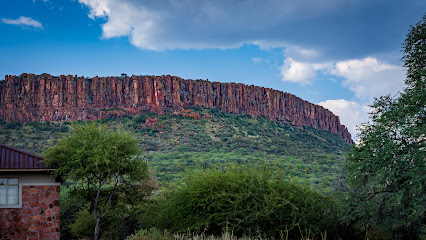
Daan Viljoen Game Reserve
Explore Daan Viljoen Game Reserve: A captivating national park near Windhoek, rich in wildlife and breathtaking scenery for nature lovers.
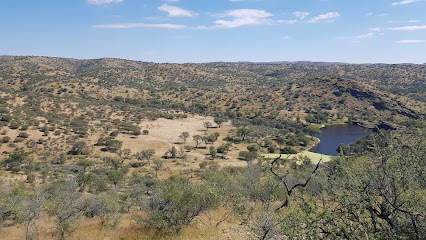
Solitaire Roadhouse Lodge
Discover the charm of Solitaire Roadhouse Lodge, the perfect retreat in Namibia's stunning desert landscape, blending comfort and adventure.
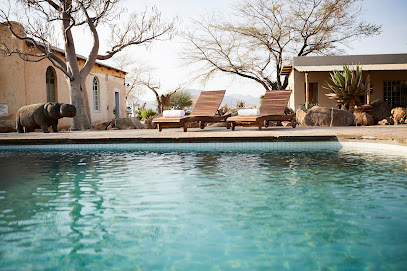
Namib Sky Balloon Safaris
Experience the breathtaking beauty of Namibia's desert from above with Namib Sky Balloon Safaris, offering unforgettable hot air balloon adventures.
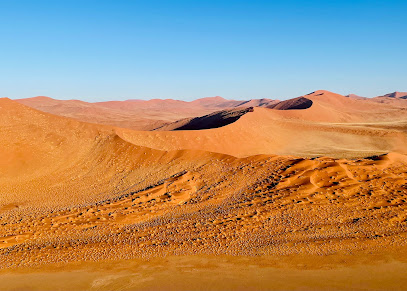
Sossus Dune Lodge
Discover the serene beauty of Sossus Dune Lodge, your luxury retreat nestled in the stunning Namib Naukluft National Park, near iconic red sand dunes.

Moon Mountain Lodge
Experience luxury and nature at Moon Mountain Lodge, where breathtaking views and exceptional hospitality await every traveler.
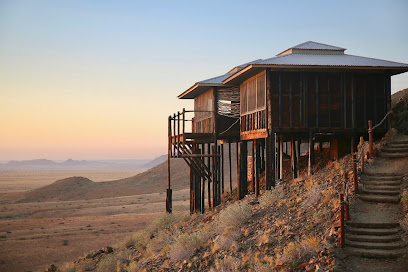
Camp Gecko - Tented Camp & Campsite
Experience the unique charm of Camp Gecko, a tented campground in the heart of Namibia's stunning Namib Naukluft National Park.
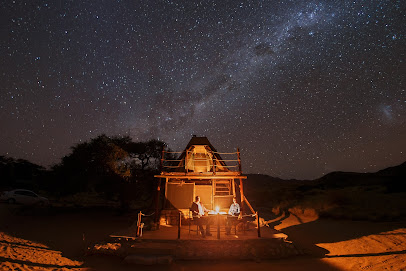
Agama Lodge
Discover the stunning landscapes of the Namib Desert while enjoying comfort and hospitality at Agama Lodge, your perfect base for adventure.

Skeleton Coast National Park
Explore the haunting beauty of Skeleton Coast National Park, where desert meets ocean in a breathtaking natural spectacle of wildlife and shipwrecks.
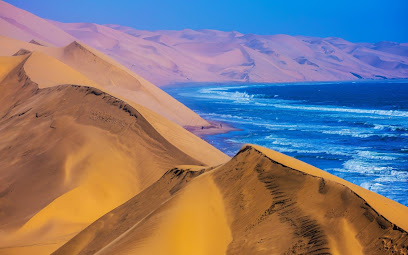
Unmissable attractions to see
Etosha National Park
Explore the breathtaking landscapes and diverse wildlife of Etosha National Park, a premier destination for nature lovers in Namibia.
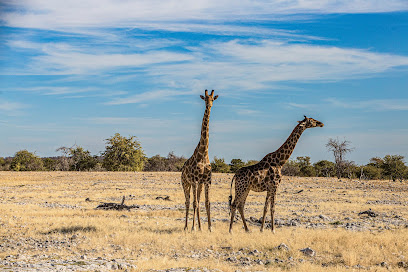
Deadvlei
Explore the surreal beauty of Deadvlei, a stunning desert landscape with iconic dead trees and towering dunes, perfect for adventure and photography.
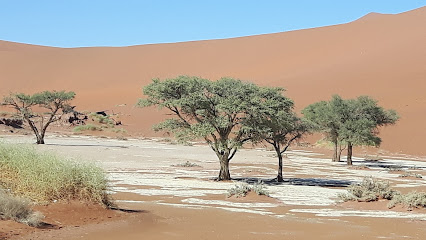
Dune 7
Discover the breathtaking beauty and adventure of Dune 7, Namibia's iconic sand dune near Walvis Bay, perfect for thrill-seekers and nature lovers.
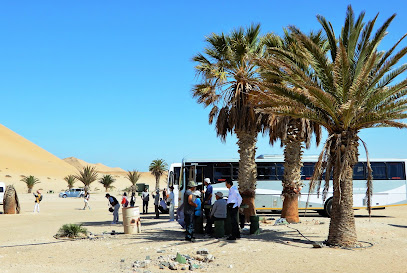
Dune 7 Adventures
Experience the thrill of adventure and breathtaking landscapes at Dune 7 Adventures, Walvis Bay's premier destination for outdoor activities and relaxation.
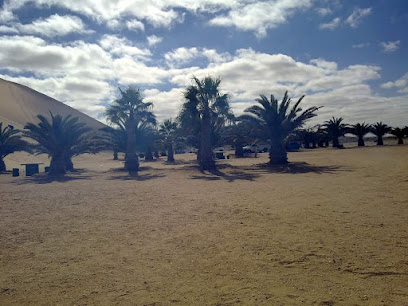
Daan Viljoen Game Reserve
Explore the diverse wildlife and stunning landscapes of Daan Viljoen Game Reserve, a must-visit national park near Windhoek, Namibia.
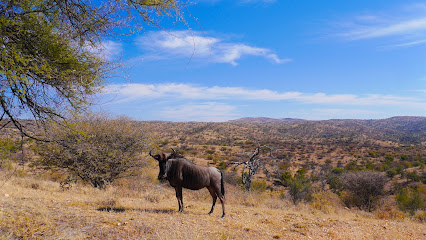
Walvis Bay Museum
Explore the rich maritime heritage and cultural history of Walvis Bay at this captivating museum, perfect for all ages and interests.

Skeleton Coast National Park
Explore the surreal landscapes and rich wildlife of Skeleton Coast National Park, a must-visit destination for adventure seekers in Namibia.
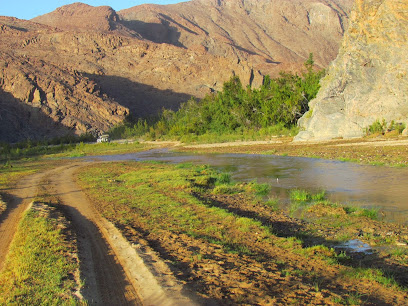
Sossusvlei
Experience the breathtaking beauty of Sossusvlei, Namibia's iconic desert landscape with towering red dunes and unique geological formations.
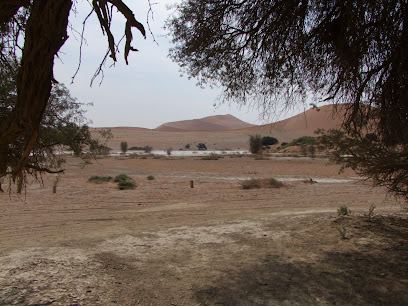
NamibRand Nature Reserve
Explore the breathtaking beauty of NamibRand Nature Reserve, a stunning sanctuary in Namibia blending vast deserts, diverse wildlife, and mesmerizing landscapes.
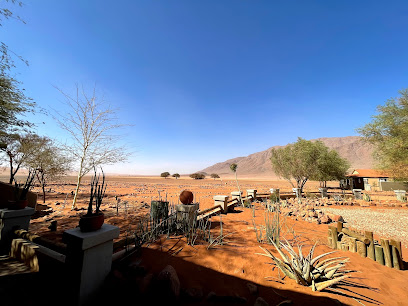
Sandwich Harbour Historic
Discover the breathtaking beauty and historical significance of Sandwich Harbour Historic, a must-visit tourist attraction in Namibia's stunning landscape.
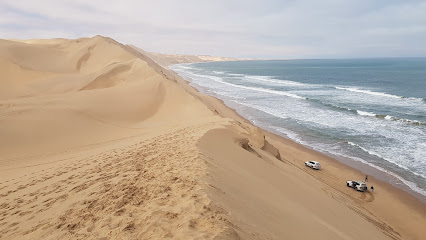
Spreetshoogte Pass
Discover the breathtaking views of Spreetshoogte Pass in Namibia, where golden dunes meet stunning landscapes in a unique desert experience.
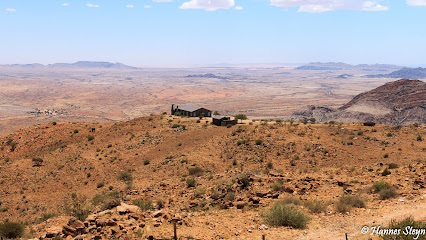
Khaudum National Park
Discover the wild heart of Namibia at Khaudum National Park, where adventure and nature intertwine in a breathtaking wilderness.
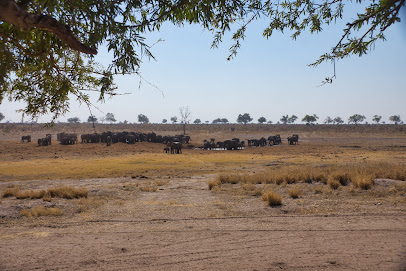
Quiver Tree Picnic Spot and Viewpoint
Experience the breathtaking beauty of the Quiver Tree Picnic Spot in Namibia, a serene destination for relaxation and stunning views.
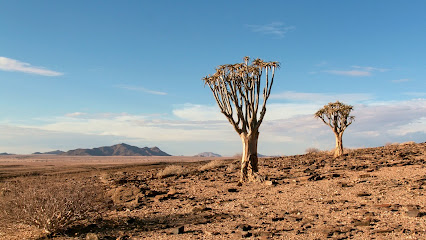
Mirabib campsite
Discover the enchanting Mirabib Campsite, a haven for nature lovers in Namibia, offering breathtaking views and unforgettable outdoor adventures.
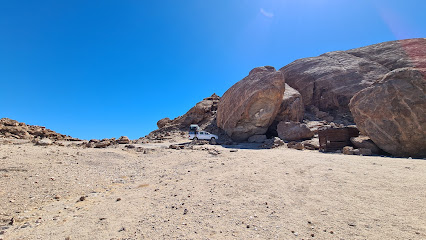
Flamingo Lagoon
Experience the breathtaking beauty of Flamingo Lagoon in Walvis Bay, a nature preserve rich in wildlife and stunning coastal views.
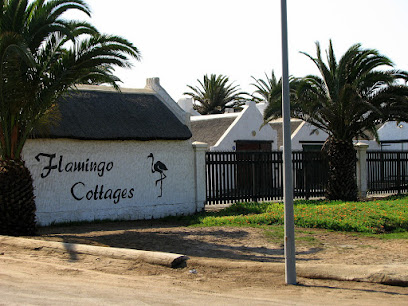
Essential places to dine
Canyon Roadhouse, Gondwana Collection Namibia
Discover the heart of Namibia at Canyon Roadhouse - a unique lodge blending adventure and comfort amidst stunning landscapes.
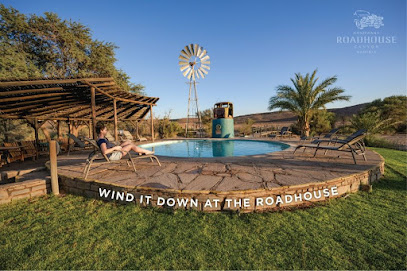
Old Continental Café & Take-Away
Experience delicious local and continental cuisine at Old Continental Café & Take-Away in Windhoek's vibrant heart.
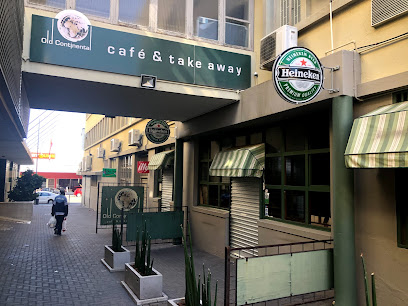
andBeyond Sossusvlei Desert Lodge
Discover luxury and adventure at andBeyond Sossusvlei Desert Lodge amidst Namibia's breathtaking desert landscape.
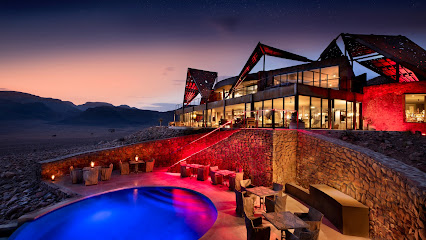
Barkhan Dune Retreat
Discover serenity and adventure at Barkhan Dune Retreat in Namibia’s breathtaking desert landscape.
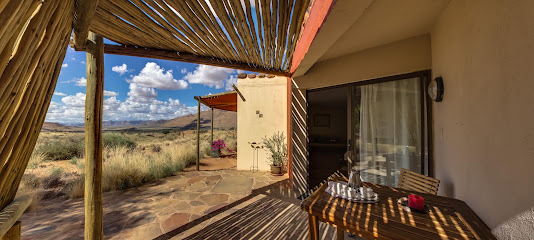
Markets, malls and hidden boutiques
Namib-Naukluft National Park
Explore the breathtaking landscapes and unique wildlife of Namib-Naukluft National Park, a must-visit destination for nature lovers and adventure seekers.

Shop 4 Value
Discover Walvis Bay's Shop 4 Value for an unforgettable shopping experience with local flavors and everyday essentials at your fingertips.
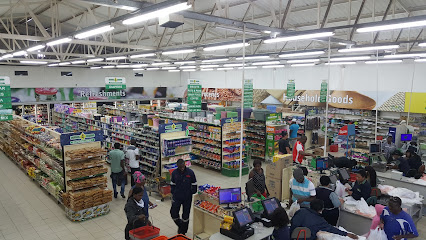
Spot-On Shopping Centre
Explore local flavors and shopping at Spot-On Shopping Centre in Walvis Bay, a vibrant hub for tourists and locals alike.
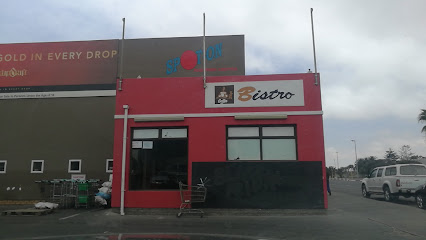
Rogl Souvenirs & Gallery
Explore Rogl Souvenirs & Gallery: A vibrant fusion of local art and unique souvenirs in Swakopmund, perfect for art lovers and travelers alike.
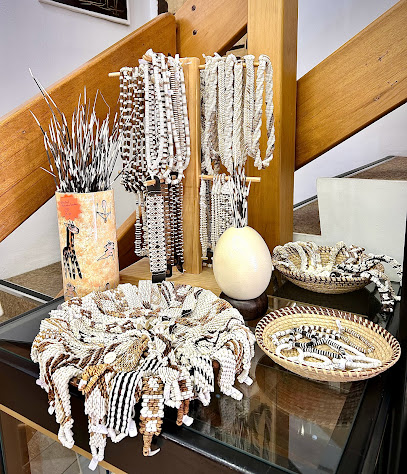
Bedding Boutique Walvis Bay
Explore Bedding Boutique in Walvis Bay for exceptional bedding and furniture that blends comfort and local craftsmanship.
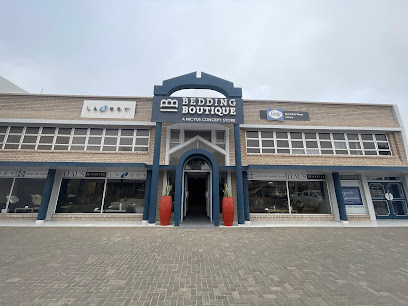
Little Loves Baby Boutique,
Discover the charm of Little Loves Baby Boutique, where fashion meets comfort for your little ones in the heart of Swakopmund.
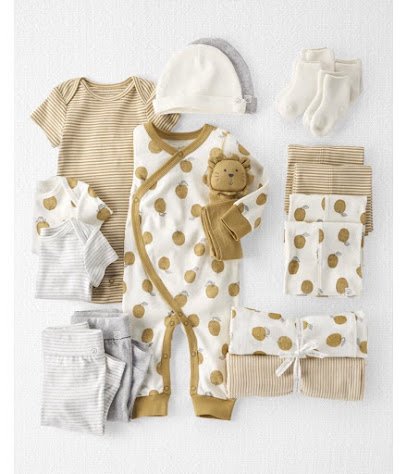
Cape Union Mart Dunes Mall
Explore Cape Union Mart Dunes Mall for top-quality outdoor gear and equipment in Walvis Bay, perfect for any adventure seeker.
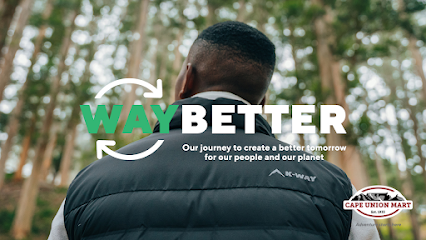
Swakop Arts & Souvenirs
Explore the artistic heart of Swakopmund at Swakop Arts & Souvenirs, where creativity meets local craftsmanship in a scrapbook lover's paradise.
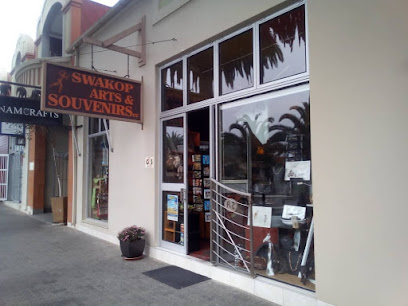
The Made in Namibia Collection
Explore the essence of Namibia with authentic crafts and unique souvenirs at The Made in Namibia Collection in Swakopmund.
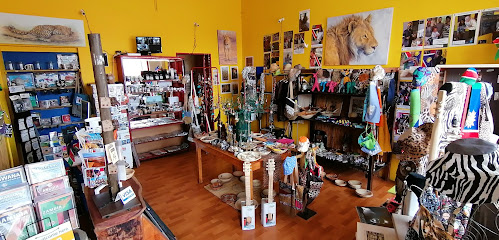
African Kirikara Swakopmund - Am Brauhaus
Explore the heart of Namibian craftsmanship at African Kirikara Swakopmund, where every gift tells a story.
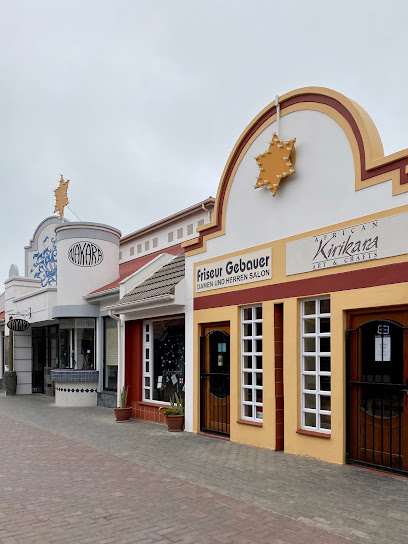
Refinery Dunes Mall
Discover stylish clothing for men and women at Refinery Dunes Mall, the ultimate shopping destination in Walvis Bay.

Dunns Walvis Bay Dunes Mall
Discover trendy fashion at Dunns Walvis Bay Dunes Mall, offering a stylish selection for both men and women amidst the vibrant shopping scene.
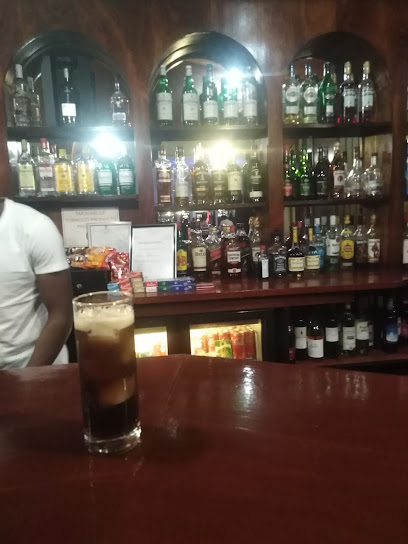
Art Africa
Explore Art Africa in Swakopmund for unique gifts and local crafts that capture the essence of Namibian culture.
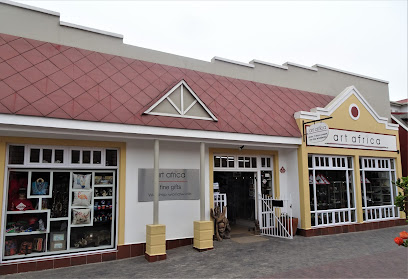
Make Waves - Swakopmund
Discover unique Namibian gifts and crafts at Make Waves - Swakopmund, the perfect stop for souvenirs that capture the spirit of your travels.
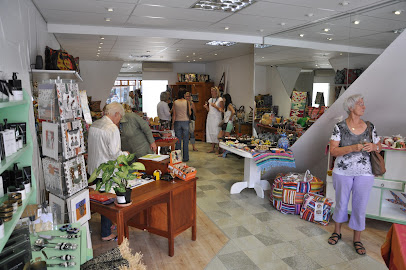
Old Khaki OK Dunes Mall
Explore stylish clothing and accessories at Old Khaki OK Dunes Mall, the perfect shopping spot for tourists in Walvis Bay.

Essential bars & hidden hideouts
Tiger Reef Beach Bar & Grill
Discover the culinary delights of Tiger Reef Beach Bar & Grill in Swakopmund, where ocean views meet flavorful dining experiences.
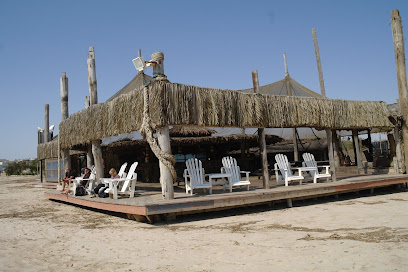
Desert Tavern
Experience the vibrant atmosphere and local flavors at Desert Tavern, the ideal bar for unwinding in Swakopmund, Namibia.

Bar Zonder Naam
Discover the finest selection of wines at Bar Zonder Naam, Swakopmund's hidden gem for wine enthusiasts seeking an intimate experience.
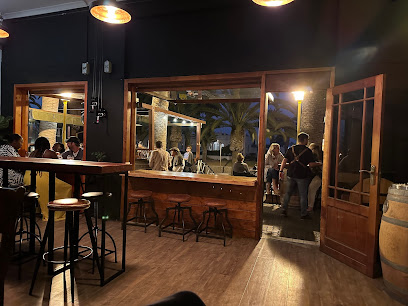
Gordon's Lounge
Explore the lively atmosphere of Gordon's Lounge in Walvis Bay, where friendly vibes and refreshing drinks await every traveler.
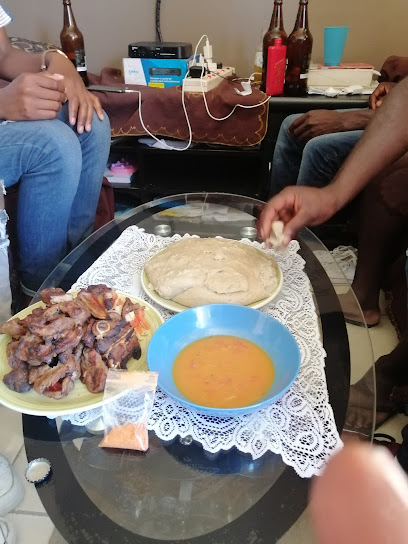
Groen Bar
Discover the vibrant atmosphere of Groen Bar in Walvis Bay, where locals and tourists unite for affordable drinks and unforgettable experiences.

Ekunde shebeen
Discover the vibrant spirit of Walvis Bay at Ekunde Shebeen, a local bar offering cultural flavors and a lively atmosphere.
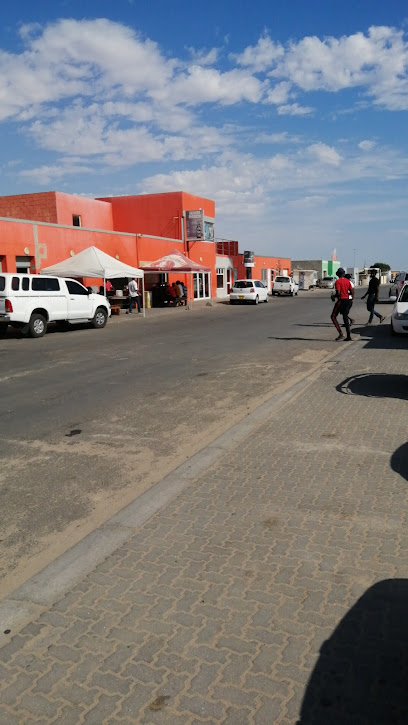
Champs Pub.
Experience the vibrant atmosphere of Champs Pub in Walvis Bay, where great drinks and friendly faces come together for an unforgettable night out.
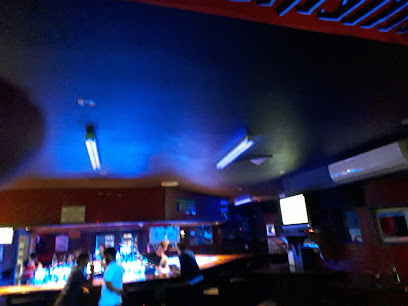
Phillip's Beer Garden Bar
Experience the vibrant nightlife at Phillip's Beer Garden Bar in Walvis Bay, where great drinks, lively music, and friendly vibes await you.

Dolphin Bar No 2
Experience the vibrant atmosphere and stunning coastal views at Dolphin Bar No 2, the perfect spot for relaxation in Walvis Bay.
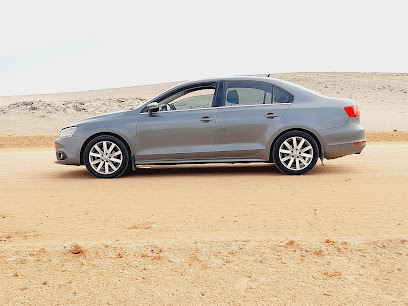
Enda Nawa Shiveli Bar
Experience the lively atmosphere of Enda Nawa Shiveli Bar in Walvis Bay, a perfect place to enjoy drinks and local culture.

Desert Inn
Experience the vibrant atmosphere of Desert Inn in Walvis Bay, where local culture meets refreshing drinks in a welcoming bar setting.
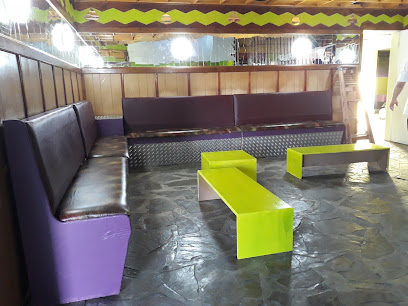
PEACE OF MIND
Experience tranquility and vibrant local culture at Peace of Mind, the go-to bar in Walvis Bay for tourists seeking relaxation and social connection.

Endola Shebeen
Discover the lively spirit of Walvis Bay at Endola Shebeen, where local culture meets a vibrant nightlife experience.

Amagus
Experience the vibrant nightlife at Amagus, Swakopmund's premier bar with refreshing drinks and live entertainment.
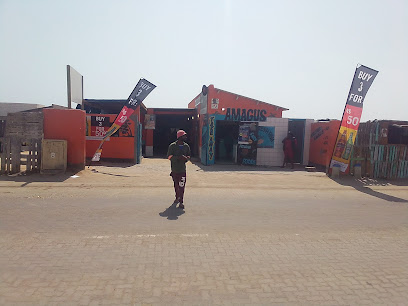
King's PUB
Discover the vibrant King's PUB in Arandis, a local bar offering a diverse drink selection and a lively atmosphere for tourists and locals alike.

Local Phrases about Namib-Naukluft National Park
-
- HelloHallo
[ha-lo] - GoodbyeTotsiens
[toht-see-uhns] - YesJa
[yah] - NoNee
[nee] - Please/You're welcomeAsseblief
[uh-suh-bleef] - Thank youDankie
[dahn-kee] - Excuse me/SorryJammer
[yah-mer] - How are you?Hoe gaan dit met jou?
[hoo gahn dit met yoh] - Fine. And you?Goed. En jy?
[goot. ain yay] - Do you speak English?Praat jy Engels?
[praht yay ehng-uhls] - I don't understandEk verstaan nie
[ayk verstahn nee]
- HelloHallo
-
- I'd like to see the menu, pleaseEk wil asseblief die spyskaart sien
[ayk vil uh-suh-bleef dee spay-skaht seen] - I don't eat meatEk eet nie vleis nie
[ayk ayt nee flays nee] - Cheers!Gesondheid!
[guh-suhnt-hayt] - I would like to pay, pleaseEk wil asseblief betaal
[ayk vil uh-suh-bleef buh-tahl]
- I'd like to see the menu, pleaseEk wil asseblief die spyskaart sien
-
- Help!Help!
[help] - Go away!Gaan weg!
[gahn vehg] - Call the Police!Bel die Polisie!
[bell dee poh-lee-see] - Call a doctor!Bel 'n dokter!
[bell un dohk-tuh] - I'm lostEk is verlore
[ayk is fuh-rah-luh] - I'm illEk is siek
[ayk is seek]
- Help!Help!
-
- I'd like to buy...Ek wil koop...
[ayk vil kohp] - I'm just lookingEk kyk net
[ayk kuhk neht] - How much is it?Hoeveel kos dit?
[hoo-veel kohs dit] - That's too expensiveDit is te duur
[dit is teh doo-er] - Can you lower the price?Kan jy die prys verlaag?
[kahn yay dee prays fuh-raahg]
- I'd like to buy...Ek wil koop...
-
- What time is it?Hoe laat is dit?
[hoo laht is dit] - It's one o'clockDit is een uur
[dit is ayn oor] - Half past (10)Half tien
[hahlf teen] - MorningOggend
[oh-khent] - AfternoonMiddag
[mid-ahk] - EveningAand
[ahnt] - YesterdayGister
[gis-tehr] - TodayVandag
[fun-dahk] - TomorrowMôre
[mo-ruh] - 1Een
[ayn] - 2Twee
[twee] - 3Drie
[dree] - 4Vier
[feer] - 5Vyf
[fayf] - 6Ses
[sace] - 7Sewe
[seh-weh] - 8Agt
[ahgt] - 9Nege
[neh-guh] - 10Tien
[teen]
- What time is it?Hoe laat is dit?
-
- Where's a/the...?Waar is die...?
[vahr is dee] - What's the address?Wat is die adres?
[vaht is dee uh-drehs] - Can you show me (on the map)?Kan jy my wys (op die kaart)?
[kahn yay may vays op dee kahrt] - When's the next (bus)?Wanneer is die volgende (bus)?
[vahn-ehr is dee fuhl-guhn-duh buss] - A ticket (to ....)‘n Kaartjie (na ....)
[un kahrt-kee nah]
- Where's a/the...?Waar is die...?
History of Namib-Naukluft National Park
-
Namib-Naukluft National Park has evidence of human habitation dating back thousands of years. The San people, also known as Bushmen, were among the earliest inhabitants. They left behind a rich legacy of rock paintings and artifacts that offer a glimpse into their nomadic lifestyle and spiritual beliefs.
-
In the late 19th century, Namibia became a German colony known as German South West Africa. The Namib-Naukluft region was explored and mapped during this time. The Germans established several outposts and conducted mineral exploration, leaving behind historical structures and remnants of their colonial endeavors.
-
In the early 20th century, the discovery of diamonds in the Namib Desert led to a dramatic influx of fortune seekers. The town of Kolmanskop, now a ghost town within the park, was established during this diamond rush. Kolmanskop once boasted grand buildings and modern amenities, but was abandoned when richer diamond deposits were found elsewhere.
-
Namib-Naukluft National Park was officially established in 1979, merging several pre-existing conservation areas. The park was created to preserve the unique desert ecosystem, including the iconic sand dunes, diverse wildlife, and rare plant species. It covers an area of nearly 50,000 square kilometers, making it one of the largest national parks in Africa.
-
In 2013, the Namib Sand Sea within Namib-Naukluft National Park was designated a UNESCO World Heritage Site. This recognition highlights the geological and ecological significance of the area, known for its towering sand dunes, fog-dependent life forms, and unique desert landscapes. The Namib Sand Sea is the only coastal desert in the world that includes extensive dune fields influenced by fog.
-
The Topnaar people, an indigenous community, have lived in the Namib Desert for centuries. They have adapted to the harsh desert environment and developed a deep understanding of its resources. The Topnaar culture is closely tied to the nara melon, a plant that provides food and water. Their traditional knowledge and way of life are integral to the cultural heritage of the park.
Namib-Naukluft National Park Essentials
-
Namib-Naukluft National Park is located in Namibia. The nearest international airport is Hosea Kutako International Airport in Windhoek, approximately 300 kilometers away. From Windhoek, you can rent a car or book a guided tour to reach the park. The drive typically takes around 4-5 hours. Alternatively, you can take a domestic flight to smaller airstrips near the park, such as the Sesriem airstrip, and then arrange for ground transportation.
-
Given the park's vast expanse, having your own vehicle is highly recommended for exploring Namib-Naukluft National Park. 4x4 vehicles are preferable due to the rugged terrain. Guided tours are available and offer the benefit of local expertise. There are no public transportation options within the park itself. Biking and hiking are also popular ways to explore certain areas, but always ensure you have enough supplies and are well-prepared for the harsh conditions.
-
The official currency in Namibia is the Namibian Dollar (NAD), which is pegged to the South African Rand (ZAR). Credit cards are accepted at major lodges and some larger service providers, but it is advisable to carry cash, especially when visiting remote areas. ATMs are available in larger towns like Windhoek and Swakopmund, but may not be accessible within the park.
-
Namib-Naukluft National Park is generally safe for tourists. However, it is important to take standard precautions. Keep valuable items secure and out of sight, especially when leaving your vehicle unattended. Be cautious of wildlife and follow park guidelines to avoid dangerous encounters. While Namibia has a lower crime rate compared to other countries, it is best to avoid isolated areas at night and to stay in well-populated places.
-
In case of emergency, dial 10111 for police assistance or 112 for medical emergencies. It is highly recommended to have travel insurance that covers medical emergencies. The park has limited medical facilities, so for serious conditions, evacuation to a hospital in Windhoek may be necessary. Always carry a first aid kit and sufficient water. Inform park officials of your travel plans and expected return times when venturing into remote areas.
-
Fashion: Do wear lightweight, breathable clothing and sturdy shoes suitable for hiking. A wide-brimmed hat and sunscreen are essential for protection against the sun. Avoid wearing bright colors that may attract wildlife. Religion: Namibia is diverse in religious practices. Respect local customs and traditions. Public Transport: There is no public transport within the park. For travel within Namibia, respect local customs and be mindful of your belongings. Greetings: A simple handshake is a common greeting. It is polite to greet people with a smile and a friendly demeanor. Eating & Drinking: Do try local cuisine when available. Always carry enough water to stay hydrated, especially when exploring remote areas.
-
To experience Namib-Naukluft National Park like a local, wake up early to catch the breathtaking sunrise over the dunes. Visit Sossusvlei and Deadvlei for iconic landscapes and photographic opportunities. Engage with local guides to learn about the area's geology, flora, and fauna. Don’t miss hiking up Dune 45 or exploring the Sesriem Canyon. For a unique experience, consider a hot air balloon ride over the Namib Desert.
Trending Landmarks in Namib-Naukluft National Park
-
Etosha National Park
-
Namib Desert
-
Deadvlei
-
Canyon Roadhouse, Gondwana Collection Namibia
-
Dune 7
-
Bwabwata-National Park
-
Waterberg Plateau National Park
-
Daan Viljoen Game Reserve
-
Solitaire Roadhouse Lodge
-
Namib Sky Balloon Safaris
-
Sossus Dune Lodge
-
Moon Mountain Lodge
-
Camp Gecko - Tented Camp & Campsite
-
Agama Lodge
-
Skeleton Coast National Park
Nearby Cities to Namib-Naukluft National Park
-
Things To Do in Swakopmund
-
Things To Do in Usakos
-
Things To Do in Karibib
-
Things To Do in Omaruru
-
Things To Do in Windhoek
-
Things To Do in Okahandja
-
Things To Do in Mariental
-
Things To Do in Otjiwarongo
-
Things To Do in Outjo
-
Things To Do in Lüderitz
-
Things To Do in Etosha Village
-
Things To Do in Keetmanshoop
-
Things To Do in Tsumeb
-
Things To Do in Oshakati
-
Things To Do in Ongwediva













